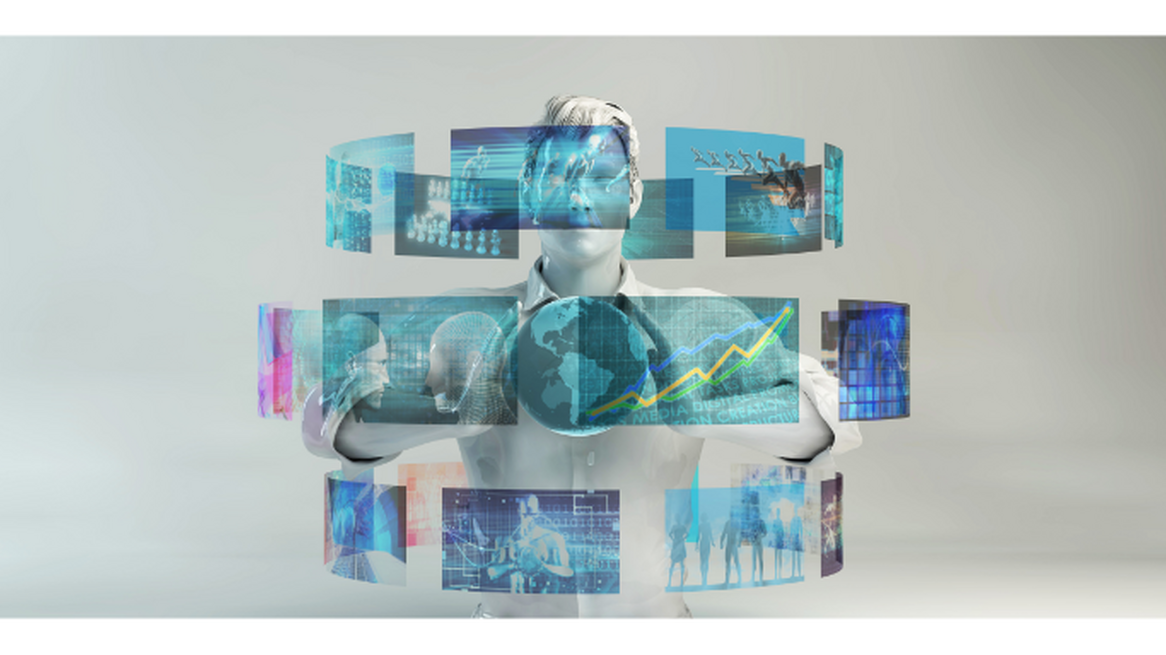The digital twin has become one of the pillars of Industry 4.0. This digital representation of a physical process or service has become standard practice in modern engineering to drive innovation and improve performance. For manufacturing companies in particular, digital twins offer many benefits. They can help to rapidly adapt to changing economic conditions, reduce costs, or better anticipate changes in the market. But the digital twin is gaining attention in other sectors as well, such as healthcare and smart cities.
What is a digital twin?
A digital twin is an exact digital replica of something in the physical world. Sensors collect real-time data from assets in that physical world. Then, that data is evaluated and simulated in a virtual copy of the asset. A vehicle engine, production line, supply chain, factory, building, station, organ, city, ocean, human body... Practically everything can be reproduced in this way. A digital twin is much more than a simple 3D model. It is used to simulate plans or build what-if scenarios before products, facilities or processes are physically implemented.
The rise of the digital twin does not come out of the blue. Maturing cloud and edge computing, the democratized Internet of Things (IoT), the emergence of big data, and the progress of Artificial Intelligence (AI) and machine learning all play a part.
What does the digital twin mean for businesses and governments?
Digital twins promise to play a crucial part in various sectors. Let's have a closer look at some of them.
Smart cities
Many of our cities are becoming smart and connected. Digital twins can bring the virtual and physical worlds together and help city administrators and urban planners to make better decisions based on data coming from sensors across the urban space.
Digital twins are also instrumental in engaging citizens. For example, a digital twin can simulate the impact of a new mobility plan on traffic and air pollution, or measure the impact of the construction of a skyscraper on its environment.
Manufacturing
Digital twins can provide a real-time status of machine or production line performance. This way, they can help manufacturing companies to predict issues sooner. In turn, this can reduce maintenance issues and optimize production output. Companies also use digital twin technology to train employees and test new products or procedures before launching them in the real world. There, fixing an issue can quickly become expensive and complicated.
Healthcare
Digital twins have the potential to revolutionize healthcare operations and patient care. Today, these domains are undergoing significant change. The demand for medical treatment is changing from extensive and batch diagnosis to fine and customized medicine. In hospitals today, doctors often have little time to diagnose patients and make crucial analyses.
With the use of modern data management, AI, remote diagnosis and other technologies, doctors could develop more personalized, effective and qualitative diagnoses and treatments. In addition, human digital twins of organs or even entire patients could allow surgeons and health professionals to practice procedures in a simulated environment rather than on a real patient.
The value of digital twins
- Improve risk assessment and risk reduction
- Enhance predictability and optimize performance
- Test, validate, and refine assumptions
- Support better financial and societal decisions
- Reduce time to market for new products
- Enable real-time remote monitoring, regardless of geographical location
- Increase project certainty

Digital twin in practice, a step-by-step approach
Despite the many use cases in health monitoring, decision-making support, and life-cycle management, implementing a digital twin remains complex. The good news is that you don’t necessarily need to model the entire organisation to benefit from a digital twin. It’s smarter to start small. Choose feasible use cases that can make a more immediate impact. Then, tackle more complex ones afterwards.
Although there is no generic method to develop a digital twin, we recommend going through at least the following steps:
- Explore future trends: What direction are others in your field taking? What are the latest trends in digital twin technology? Explore these developments and what they mean for your organisation.
- Define what you want to achieve: From the start, don’t focus on the technology, but on the value you want to create for both people (customers, employees citizens ...) and business. Explore relevant use cases.
- Analyze strengths and weaknesses regarding data: If you want to develop a digital twin, your organisation may need to reorganize its data management approach. You should also assess data quality and check whether your infrastructure can process data in real time.
- Prioritize implementation processes: Start with achievable processes. Low-hanging fruit projects could help you to create impact fast and engage others in the development of more complex processes later.
- Develop a Minimum Viable Product (MVP): Work iteratively and maximize value from the start. This way, you avoid a waterfall approach where the whole product needs to be finalized before you see the first results.
- Scale up to other processes: Learn from the MVP deployment and standardize implementation to other use cases and processes where possible.
Across industries, businesses and organisations are starting to invest seriously in digital twins. Even more, the digital twin is becoming a key differentiator and a way to obtain a first-mover advantage.
Have you already thought about what this could mean for your organisation?
Our Digital Transformation Team would be more than happy to make your organisation ready for this new era.
